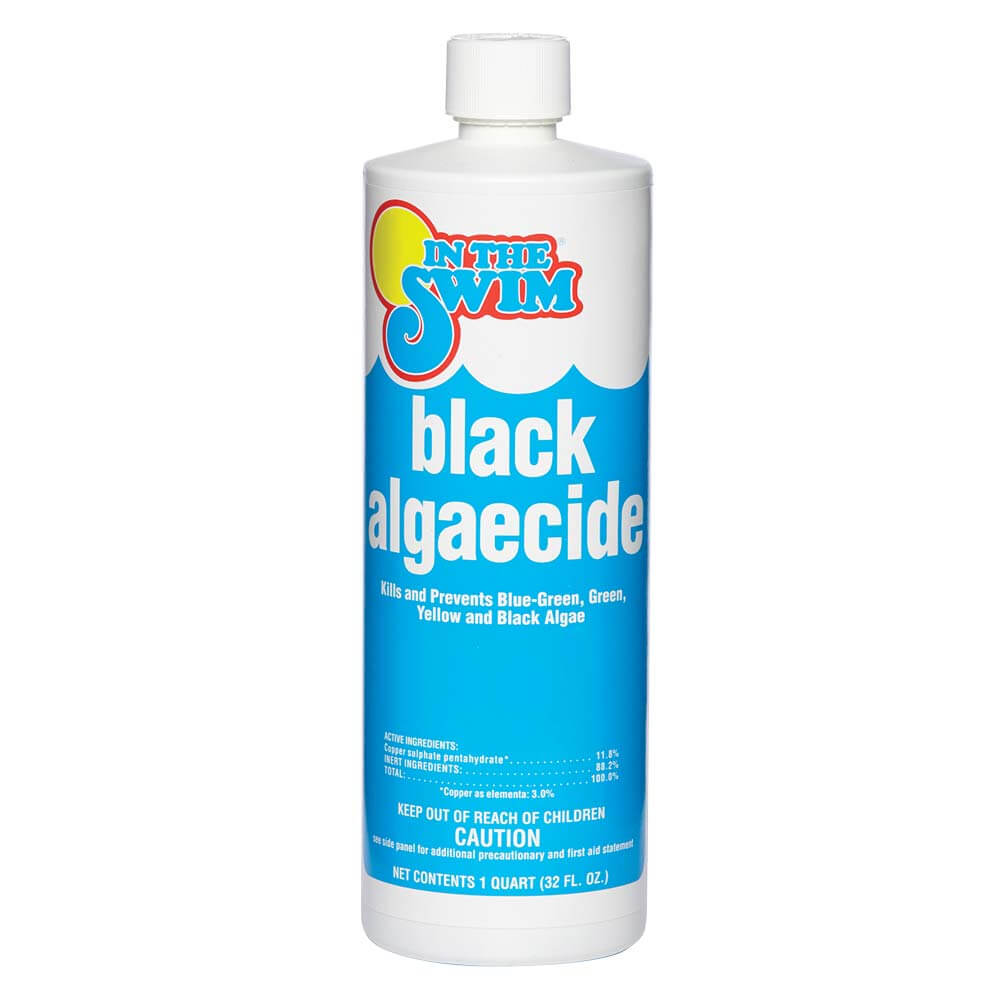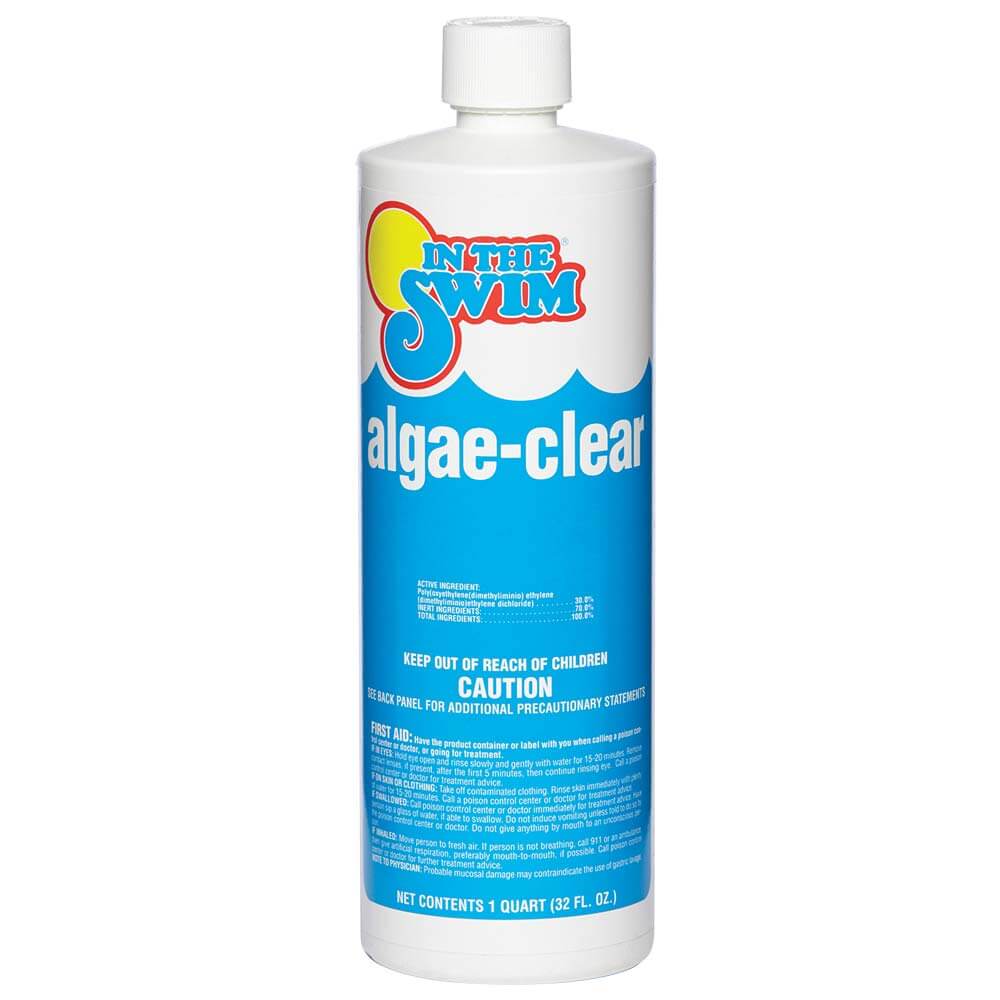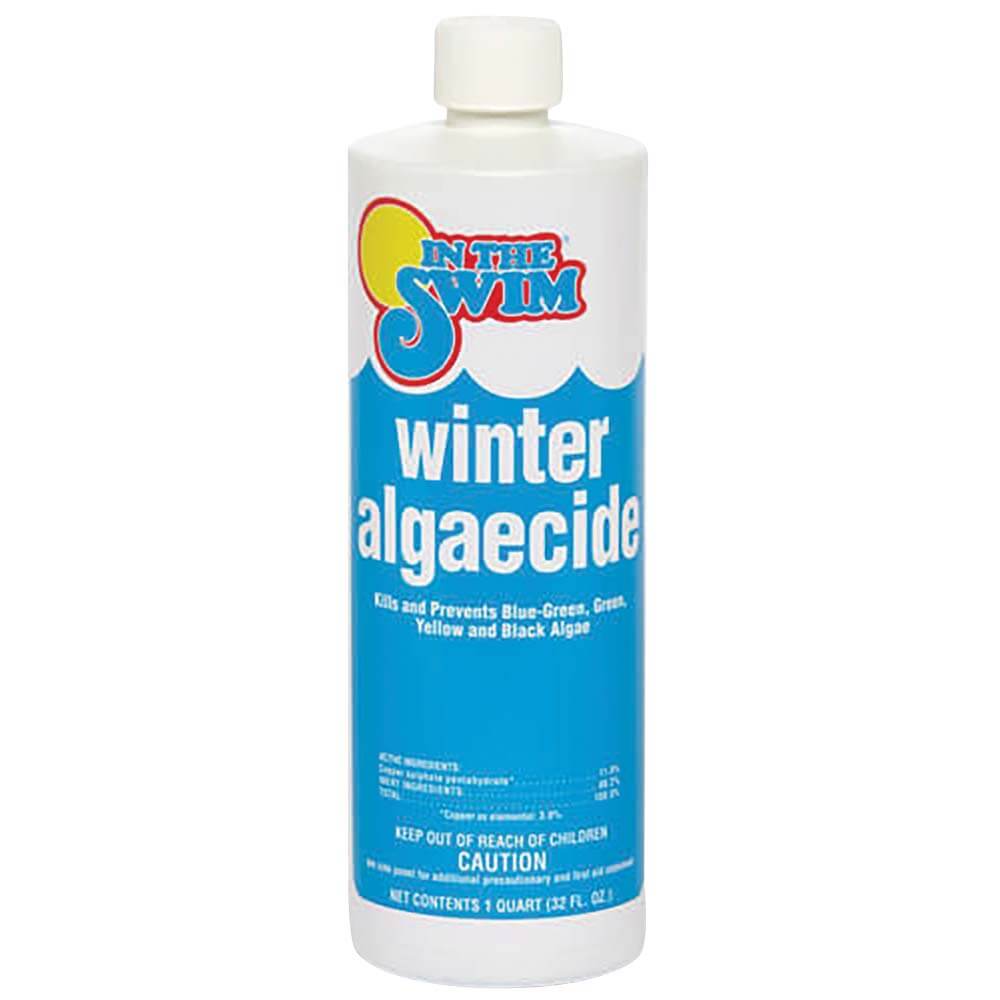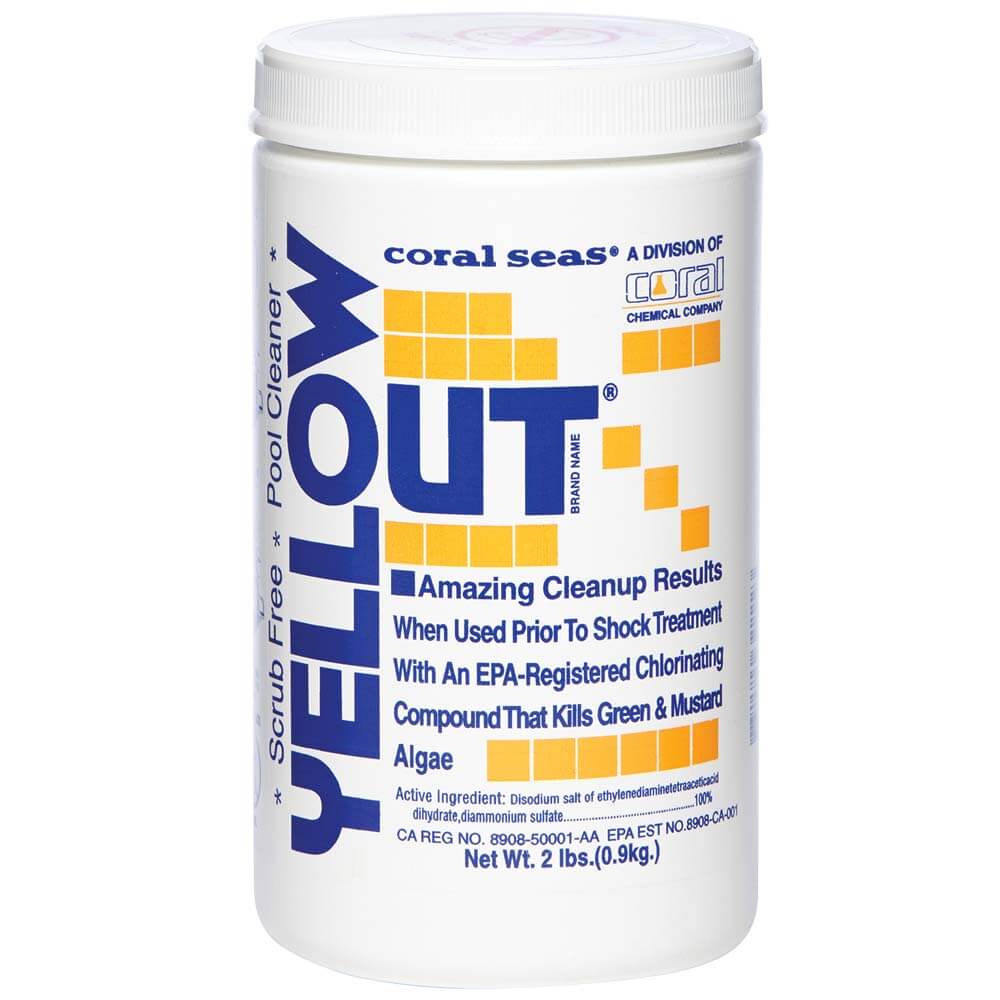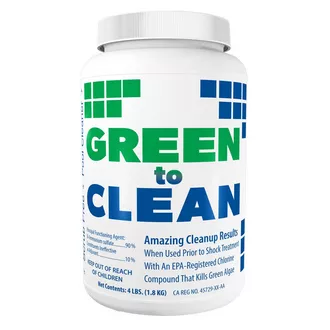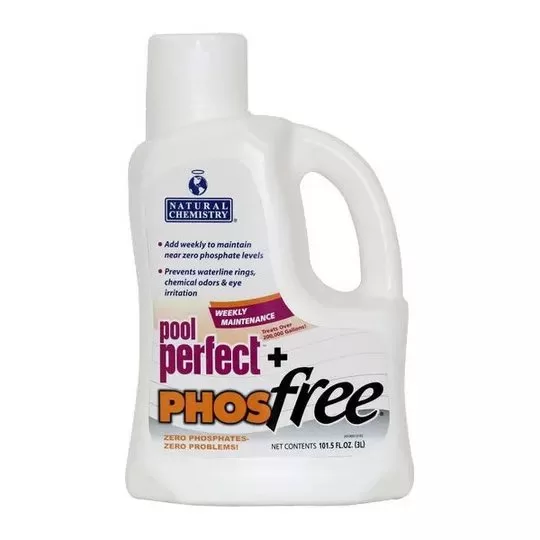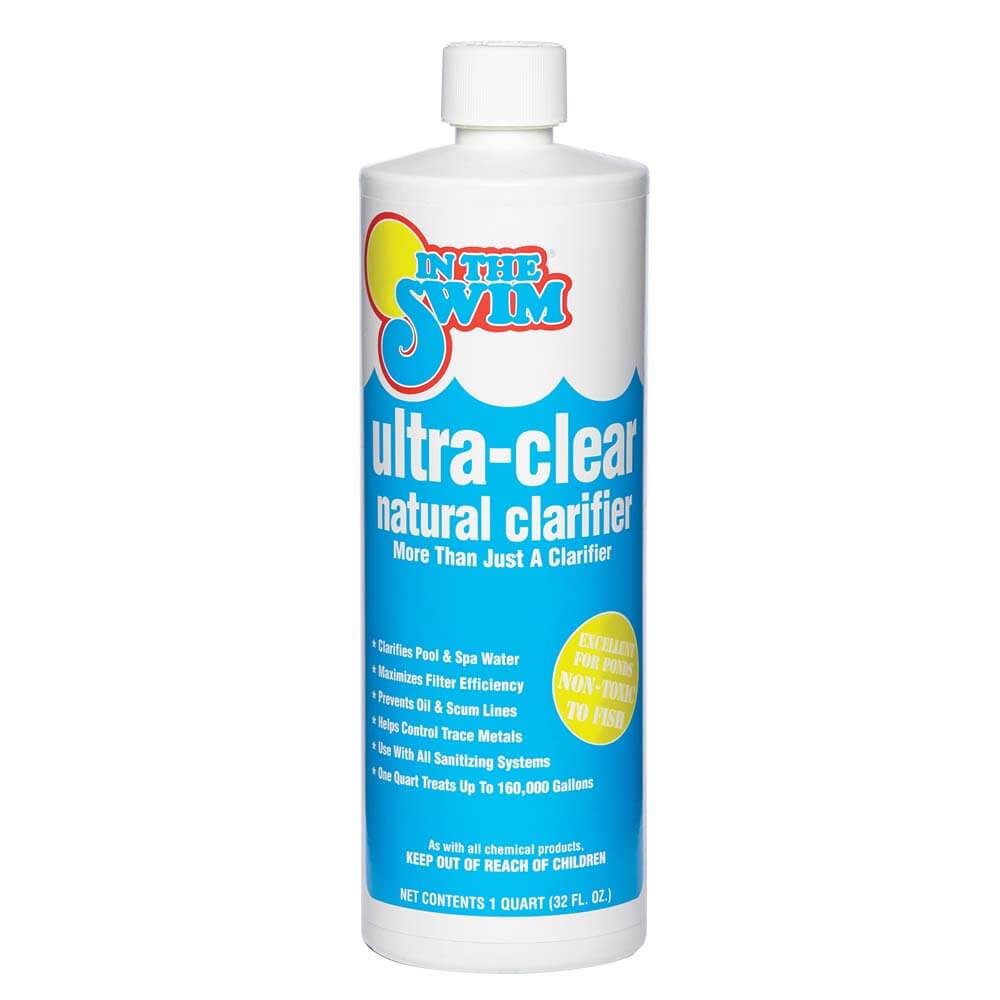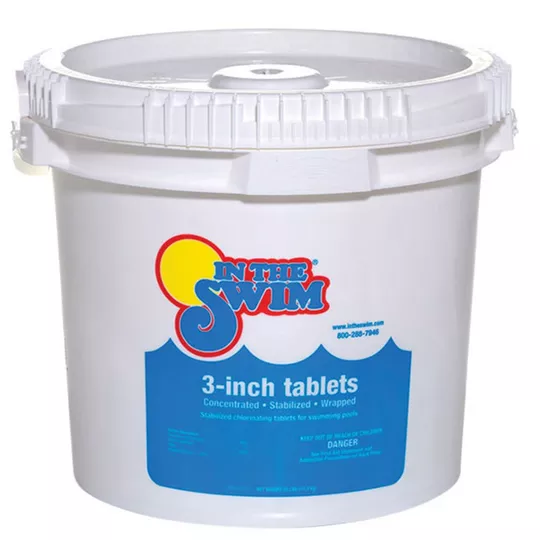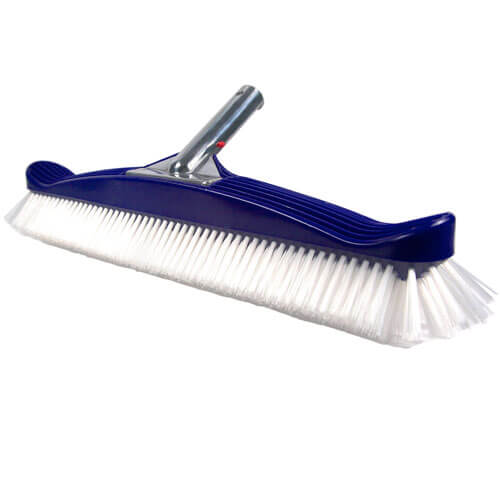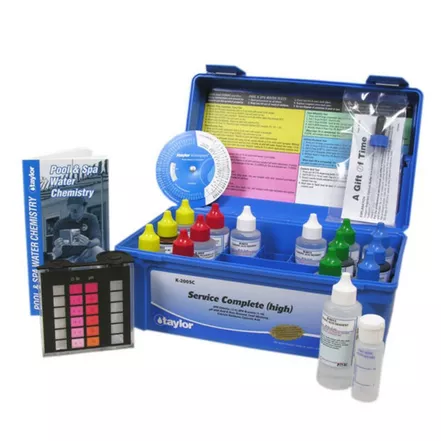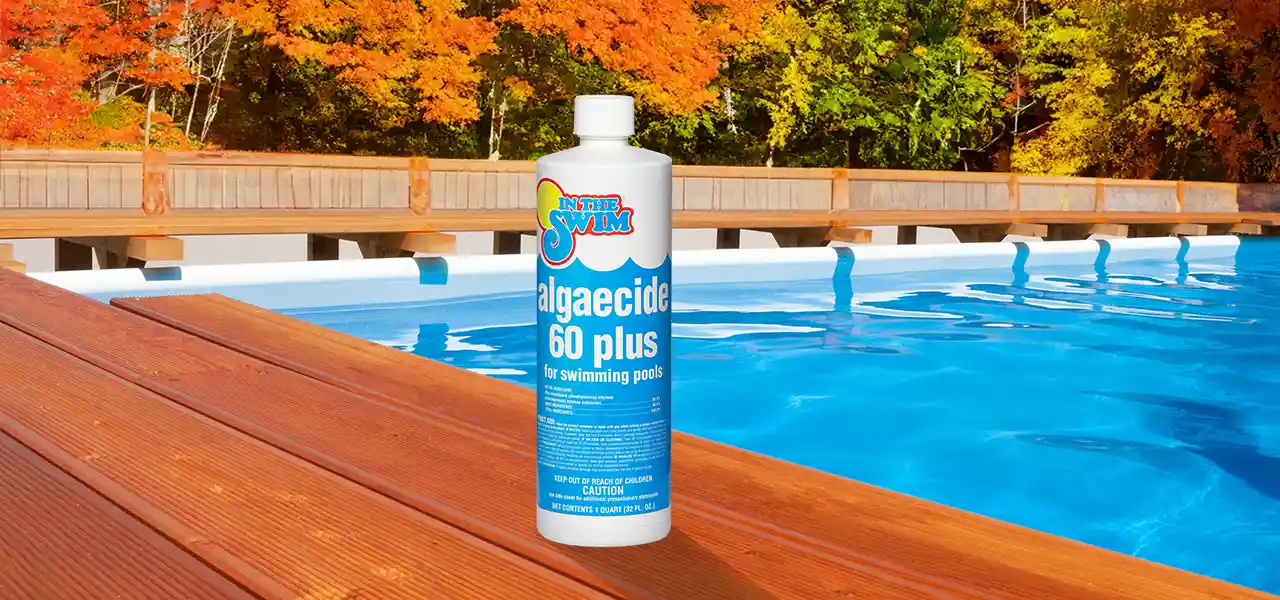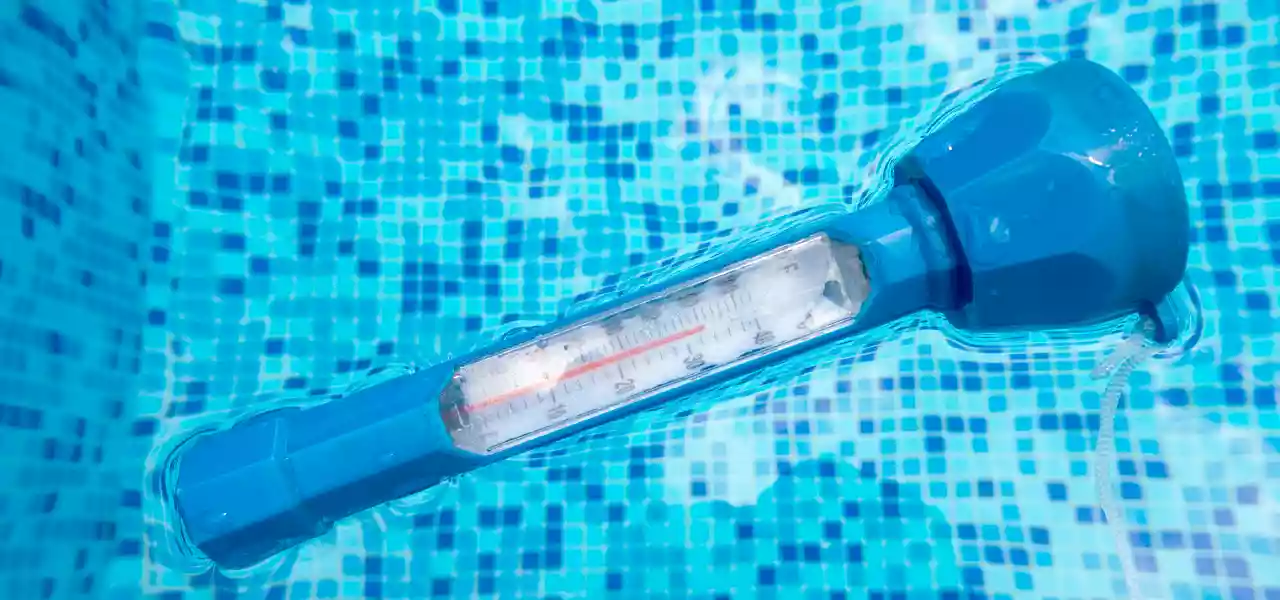Yellow algae has once again invaded pools all across the country. Yellow algae, also known as mustard algae, can lay dormant in your pool over the winter, just waiting for the right conditions. It can enter the pool on a wind, or come in on someone’s swimsuit who has been to the shore, or perhaps it even falls in with the rain – who knows?
Mustard Algae in Pools
The “right conditions” for mustard algae include almost any pool with a nice water temperature, and a low level of chlorine. Yellow algae can even infect pools that are meticulously maintained; with proper water balance, sanitizer levels and well-filtered water.
Mustard algae is resistant to normal levels of chlorine, and can quickly return to the same spot if not killed completely. Yellow algae also has the stealthy ability to harbor spores inside the pool filter, and embed itself into swimsuit fabrics, soft pool toys, and cleaning tools; and other places that are hard to reach.
Removing Yellow Algae in Pools
Step 1: Decontaminate Pool Accessories:
As mentioned, microscopic spores of yellow algae can hide in crevices of fabrics, plastics and vinyl items. Wash all swimwear in a hot cycle, with color safe bleach and very little or no soap. Throw away deteriorated pool noodles, half popped inflatables, worn pool brushes. Spray or soak vacuum, skim nets, and brushes in a chlorine solution. Disassemble any pool cleaner to soak and clean internal parts with chlorine.
Step 2: Vacuum Pool to Waste:
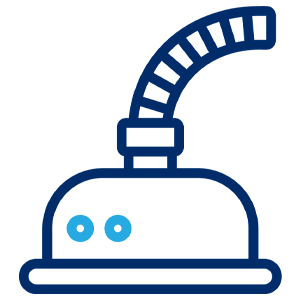
You do not want to vacuum up algae into your pool filter. For pool filters with a multiport valve, just switch the valve to “Drain to Waste” and roll out the backwash hose. Add a hose to fill the pool before and during (and probably after) vacuuming. Go fast, as the water level can drop about 1/2″ every 5 minutes – but be thorough, to try and vacuum out as much as possible. The pool should also be very clean before treatment – no leaves or debris, with a clean filter and baskets.
If you have no other way to vacuum to waste, use a portable pool pump, or install a 3-way valve between the pump and filter, to create a vacuum-to-waste or lower-water-level line.
Step 3: Add Yellow Out and Shock Your Pool
Yellow Out is a patented chlorine accelerator that amplifies the strength of chlorine, making it extremely active and agitated! First, check water balance and raise pH to 7.8, while verifying proper alkalinity, hardness, chlorine and Cyanuric Acid (stabilizer) levels. Add 2 lbs of Yellow Out per 15,000 gallons over the pool surface. After 5 mins, add 2 lbs of pool shock per 15,000 gallons of pool water. Brush the pool well and run the filter overnight. Shock the pool again in the morning and then again in 24 hours, using a stronger dose of 2 lbs pool shock per 10,000 gallons.
Step 4: Clean Your Pool Filter:

Yellow algae loves the pool filter environment most of all. And even if you pull out the grids or cartridge and hose it clean, it remains, only you can’t see it – it’s microscopic. If you have had a large scale yellow algae bloom or repeated return visits each year – do yourself a favor and replace the filter media. And by that I mean, REPLACE the sand, cartridges or DE grids. Also, rinse the filter tank and other filter parts very well, soaking or spraying with a chlorine solution.
Pool filter cleaners only remove oils and minerals, but won’t effectively kill yellow algae. As an alternative to buying new cartridges or grids, soak in a trash can full of water with 1 lb of shock or 2 gallons of Clorox. For sand filters however, replace with new pool filter sand.
After treatment for yellow algae, it’s common that the pool water is cloudy or at least hazy. Adjust pH to 7.4, brush the pool daily, and vacuum to waste once or twice after treatment to remove dead yellow algae. Give the water extra filtering, running the filter 18-24 hours daily if possible. A clarifier can be used to help out a filter that is on the small side and struggling to clear the water.
Yellow algae can be a nightmare, but a lot of chlorine will kill it – dead. Never to return. The key to getting rid of yellow algae is to decontaminate anything that has touched the pool and to replace the filter media. And, lots of brushing and vacuuming to waste, and a very high chlorine level, boosted up by Yellow Out or Mustard Buster, or any such type of chlorine accelerator.



